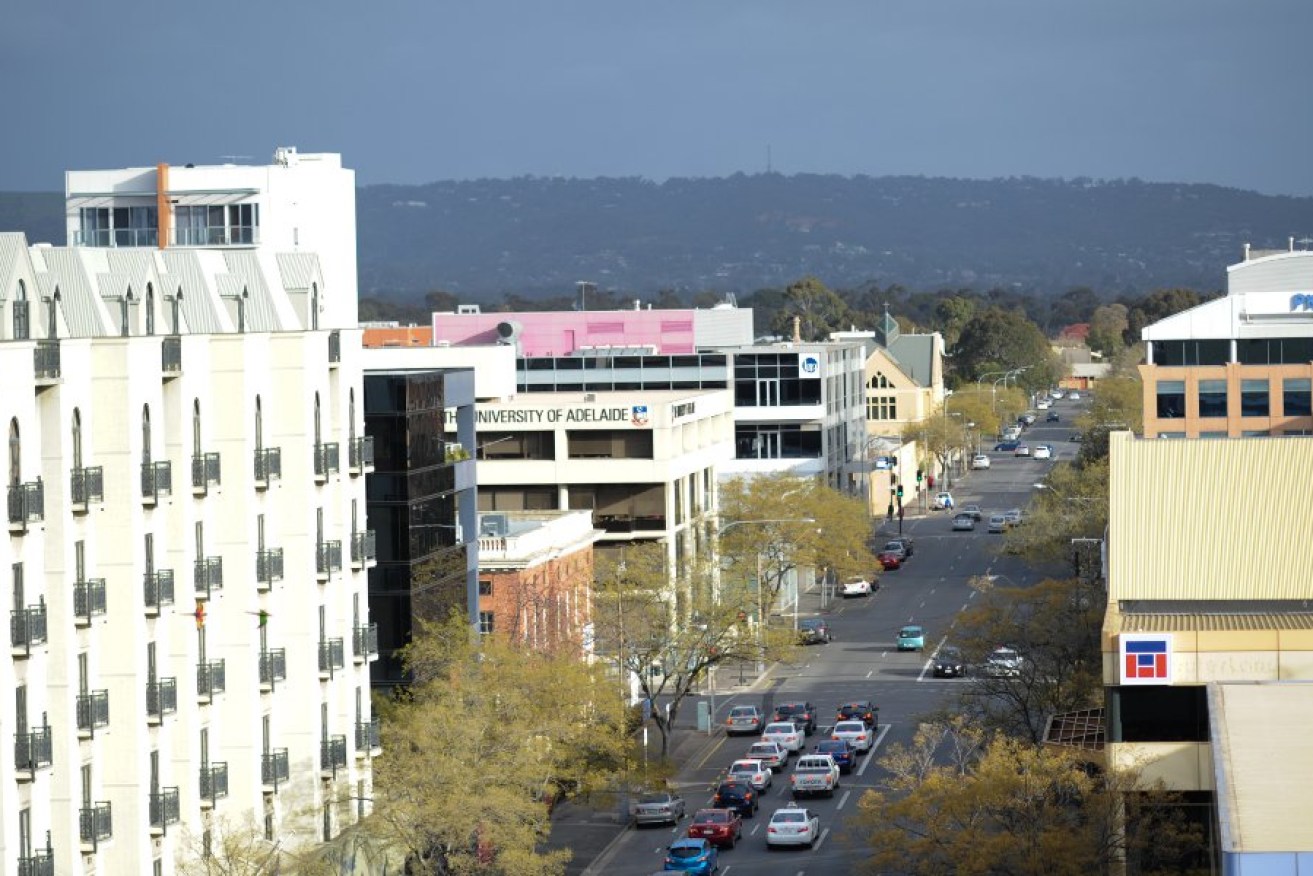Does Australia really have the world’s most liveable cities?

Photo: Nat Rogers / InDaily
Australasian cities have taken out five of the top 10 spots in the Economist Intelligent Unit’s biannual survey of the world’s most liveable cities. Trouble is, from the point of view of city policy-makers, it’s meaningless
Melbourne is again the world’s most liveable city, while Adelaide (5), Sydney (7), Perth (9) and New Zealand’s Auckland (10) are all in the top 10. Vancouver, Toronto and Calgary are also in the top 10, leaving only two places for non-Anglophone cities (Vienna and Helsinki).
Lord mayors and premiers can congratulate themselves, and no doubt the ranking provides a great PR opportunity. But no one should be under any illusion that it has any relevance to whether or not Melbourne (No. 1) is a better place to live permanently than Auckland (No. 10).
Let me remind you of the limitations of the survey:
- It’s a guide to companies on what they should pay their execs while they’re on assignment. It’s therefore not a guide to the best cities to live in permanently and it’s not at all useful for those who aren’t highly remunerated.
- It doesn’t take account of the cost of living for permanent residents or key issues like job opportunities and housing affordability.
- It overwhelmingly reflects national characteristics, not the attributes of individual cities.
- The scores of the top 10 cities are so close the differences are trivial.
- There’s enormous variability in the quality of the data between countries and the methodology isn’t as transparent as it should be.
- As was the case every other time, the highest-scoring cities tend to be mid-sized, have relatively low population density, and are located in wealthier countries (eight of the top 10 are in new-world countries). The EIU says bigger cities – global business centres – tend to be victims of their own success.
New York, London, Paris and Tokyo are all prestigious hubs with a wealth of recreational activity, but all suffer from higher levels of crime, congestion and public transport problems than would be deemed comfortable.
Melbourne’s top ranking has nothing to do with its vibrant CBD laneway culture and is despite the widespread perception of congested rail and road systems. It’ll surprise the locals, but Melbourne, Sydney and Perth score 100/100 for infrastructure.
Perhaps of more interest is the finding that the world became a less liveable place for executives on assignment over the past five years. The EIU attributes this to a variety of events, including the Arab Spring, austerity protests, and recent unrest in China.
Since 2008 the average global liveability score has fallen by 0.6 per cent, led by a 1.3 per cent fall in the average stability score. Although scores remain broadly stable from survey to survey, taking a five-year view shows how these factors have had a steady detrimental impact on liveability scores over time.
Only 28 cities, of the 140 surveyed, have registered changes in the last 12 months, but 86 cities have experienced a change in liveability over the past five years. Of these, just 30 have seen an improvement in scores, while 56 have seen liveability levels declining.
There are other ways of comparing cities in terms relevant to city managers. In 2011 the EIU sought submissions on alternative ways to construct its index. The “winner” was architect and planner Filippo Lovato, who compiled a Spatially Adjusted index.
According to this report, he “added data on urban planning, including cities’ green space, (lack of) sprawl, natural assets, cultural assets, connectivity and (lack of) isolation”. The upshot was that Hong Kong emerged as the world’s most liveable city.
I’ve no doubt many won’t agree with that assessment, but Mr Lovato also found that:
Instead of being dominated by Aussies and Canucks, European cities ruled most of the revised index. Amsterdam came second, while Germany had two cities in the top 10: Berlin and Munich.
The only Australian city in the top 10 of Mr Lovato’s index is Sydney, which came a creditable fifth place. The lone Canadian city, Toronto, came in eighth place. Paris, Tokyo and Osaka made it into the top 10, but no US cities.
Whatever its usefulness for companies sending executives on assignment, the EIU Global Liveability survey has little relevance for permanent residents of a city or for urban policy-makers. Those charged with charting the future development of Australian cities should keep it in perspective.
This article was originally published on the Urbanist blog on Crikey.




